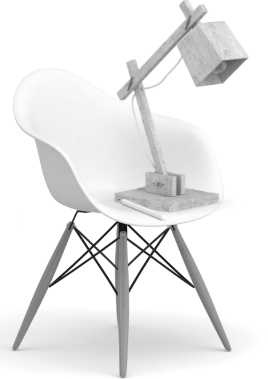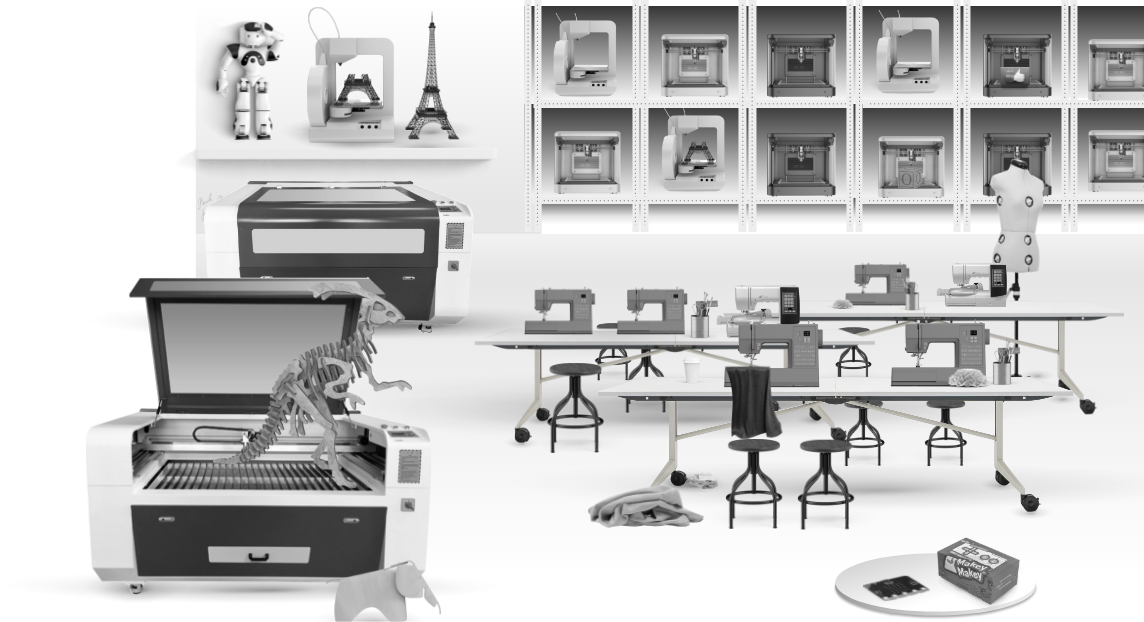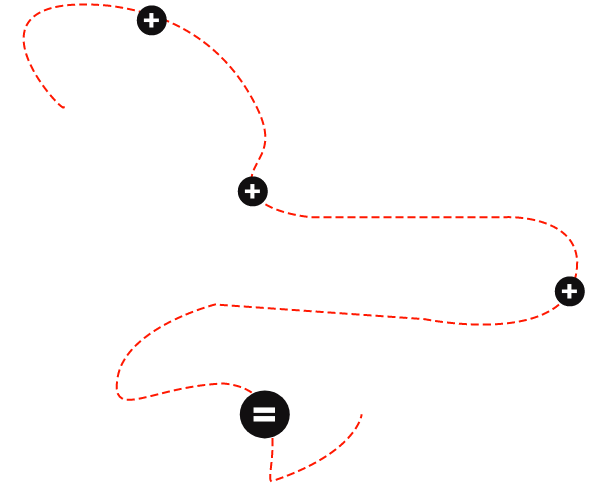The space
Our dream was to create a place where every young artist will be able to walk the winding road from an idea to its implementation in friendly conditions. Equipping the school with high-class modern devices is one thing. What’s more important for us is to create a place open to every idea, where the creativity of our students is absolutely supported and where we build only positive associations with the creative process.

The machinery park will support them and make them real, and not solve the students’ problems for them. In the additional space - the concept store - the idea will be finally verified. Here, in a shop window on a busy street, students will present their projects and confront them with an audience. Only all these elements brought together create a real Makerspace.
The seminar room
This is where it all begins. This is where the first ideas are born, and the students mainly work cognitively and conceptually. This is where it all happens: lectures by practitioners, analysis of case studies, drawing conclusions and insights from data collected from users of design challenges, and generating ideas.
Features:
- two-sided removable wall boards – four removable boards that function as notebooks of a given team. After the class is over, students can take them off the wall and store them in order to reuse them during the next meeting. As a result, the students’ work is uninterrupted and can be easily continued.
- white magnetic / dry-wipe boards and felt ones for pinning
- entire walls covered in boards so as not to limit the space for writing
- mobile desks, building your own space
- a multimedia screen
- tools for rapid prototyping
- laptop computers for each student

The workshop
This is the workshop where ideas begin to take shape. The students transform mental concepts into real constructions, giving them physical or digital shapes. It’s here that mock-ups of solutions are created that enable students to realistically communicate their ideas to recipients, as well as to see with their own eyes the conceptual errors that were invisible when they were working in the seminar.
Features:
- workshop-style tables – you can DIY, cut, drill, saw, solder, etc. on them. They have a large work surface to comfortably fit student designs and prototypes
- a large fold-out work space in the middle of the room, for the needs of creating even larger projects or their presentation
- a multimedia projector and a 3D camera enabling the presentation of large-format content during classes. In addition, thanks to the 3D camera, it’s possible to reflect the space of the room in a realistic, three-dimensional way in the online space, which will help during online consultations with experts
- the tool room – a room adjacent to the room with workshop tools such as saws, drills, hammers, etc.
- a fibreboard work space above the table tops – for pinning projects created in the room
- a studio for photographing prototypes and student projects – helpful in building a project portfolio and systematizing work
- a mobile tool wall
The fablab
It’s a prototyping workshop in which mock-ups take shapes and applicable functionalities. Thanks to a variety of manufacturing machines: 3D printers, laser plotters and milling machines, computer embroidery machines, or sewing machines students can construct almost any artifact using linen materials, wood, plastic, plexiglass, or even metal.
Features:
- three medium-sized 3D printers with a working area of 22 x 20 x 25 cm
- one large-size 3D printer with a working area of 28 x 25 x 30 cm
- a computer embroidery machine
- eight sewing machines
- a large laser milling machine with a working area of 73 x 41 x 12 cm
- 30 Makey Makey + Micro:bit cubes – microcomputers for learning algorithmics, computational thinking, human-computer interface, robotics, and programming

The concept store
In addition to the studio at the school, we have a concept store with a shop window facing the street, where students will present their prototypes and even test them on pedestrians. It’s here that they’ll present their projects, collect feedback and draw invaluable conclusions. Then they’ll return to the school space, where they’ll improve their solutions based on the knowledge from the testing process.
Features:
- testing prototypes and design concepts with users and passers-by
- collecting opinions of passers-by on student projects and prototypes
CONTACT US
Fill out the form and see what our school space looks like


